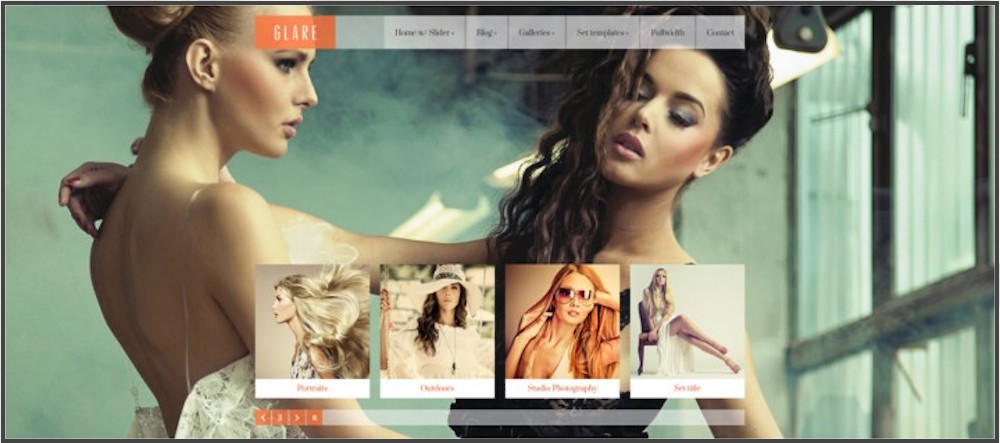How To Start Freelancing: 5 Key Tips!
First off, congratulations on taking the first step to be your own boss! It can be a scary transition, but well worth it if done correctly. There are a few key areas you’ll need to focus on to start your journey, most of which you can and should think about even before you make the move to be a full-time freelancer. These key learnings include how to get customers, build your portfolio and brand, pick your target market, and set meaningful goals. Whether you’re interested in a more flexible schedule, the freedom to be your own boss, or choosing who you work with, here are the tips you shouldn’t be freelancing without!
CONTACTS
You truly become a freelancer when you get your first customers. It can be a daunting task, time consuming–it might even be something you’ve never done before. Rather than get stuck in an uncertain mindset, start looking for customers one month before you quit your day job. When you start looking, don’t be shy! First tap your current network: friends, family, old managers, etc., and you can also approach local businesses and pitch them on your talents. Email is nice, but if you really want to differentiate yourself take a cue from Barbara Corcoran and drop by in-person. Even if you’re just going to leave a note, it has its advantages and can go a long way.
PORTFOLIO
If you don’t have much work experience yet, build credibility by doing pro-bono jobs for high profile companies. This way you can build your portfolio with quality projects and get testimonials from important players in your target market. This strategy will pay off in the future significantly more than if you start off by taking inexpensive jobs for cheap clients. When evaluating pro-bono projects, ask yourself if you will gain experience, contacts, or references. If you’ll get any of them, then yes– take the job.
SPECIALTY
While it can be tempting to take a job from any client that comes your way, be careful to consider what you want your niche to be. For a local coffee shop, a focused “content writer for small businesses in tech related fields” sound like a much better match than simply a “content writer for hire” with scattered experience across multiple industries. An ideal niche is one you’re passionate about and uniquely qualified for. If you’re stuck do a little research on freelancer.com, upwork.com, or guru.com. See what types of companies are looking for your skill set and then decide from there.
BRAND
You are now the face of your company, and business just became a bit more personal. Even if you’ve carved out the perfect niche for yourself, it can be difficult to get an in-person meeting, or a phone call with prospective clients. It is easy for them to decide whether or not it’s worth engaging with you solely based on your online presence. Your first thought might be to pull out all the stops and make a profile for every social site known to man. Don’t break your back, just start with the top 3: LinkedIn, Facebook, and Twitter. Then ask yourself, where can you find the clientele you’re targeting, and where will they be looking for you? If you target early stage startups create an AngelList profile. If you’re a freelance photographer create an Instagram account. Targeting young moms? Look to Pinterest. You get the picture! (Pun intended).
GOAL
You’re your own boss, so it’s time to consider some business goals and make a timeline (1 month, 6 months, and 1 year). What is the minimum income you need per month to get by? If you know you can only handle taking on 4 clients/month then make sure you charge enough to meet or exceed that income goal. Remember, it’s important to not undersell yourself, so check out our post on boosting freelancing income and remember many clients associate price with quality. Based on your expense projections, if you figure out you have to get 4 new clients when do you NEED to have them by? Play the odds when it comes to jobs— the more potential clients you contact- the more options you’ll have. So contact X number of clients by 10am every day. If you’re going the route of email, getting a message in their inbox at or before 7am gives you the best chance of having your email opened.
Now that you’re armed with next steps, it’s time to decide if you’re ready to start freelancing full-time. It may not be the most traditional way to work yet, but tech company Intuit predicts the rise of freelancers to represent 40% of the American workforce by 2020. So, as with any job there are pros and cons, but you’re not alone.
Good luck– we know you’ll crush it!




